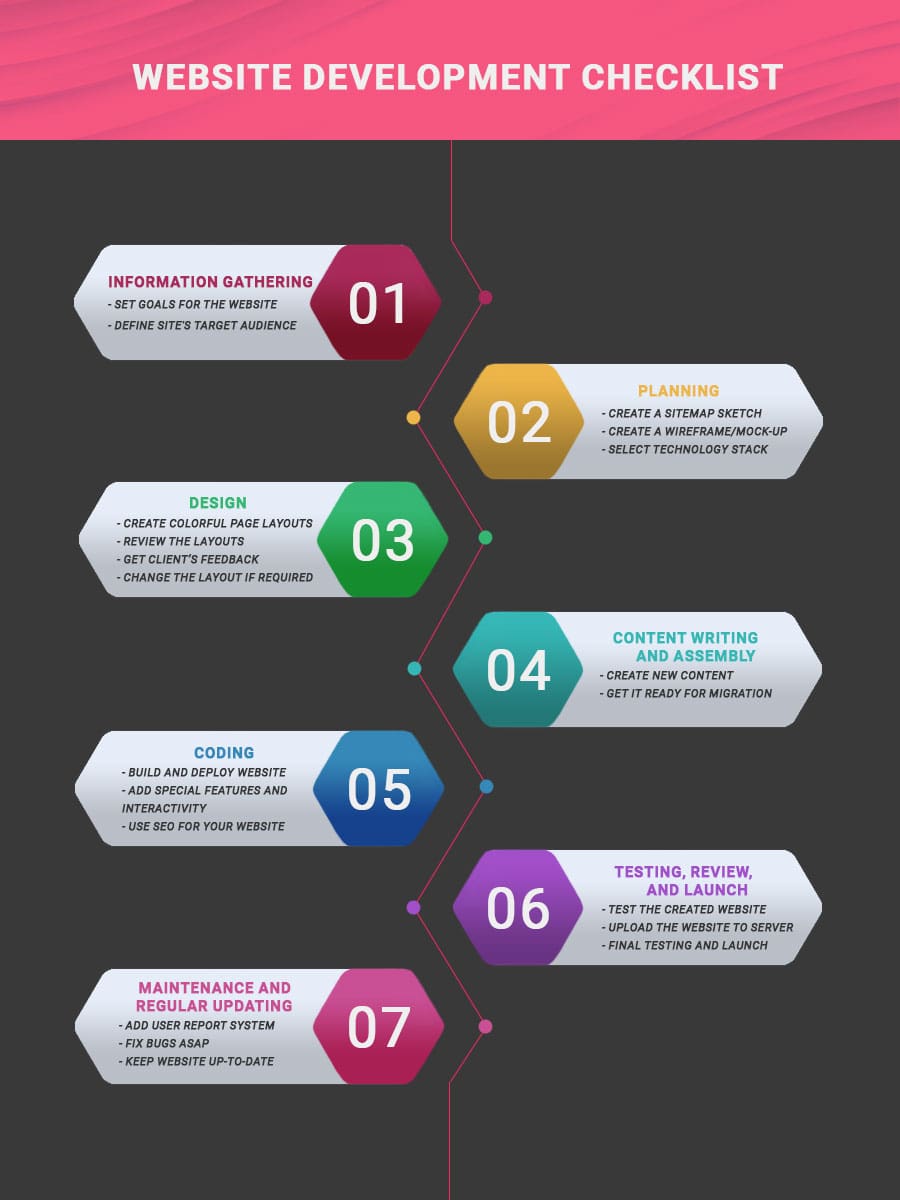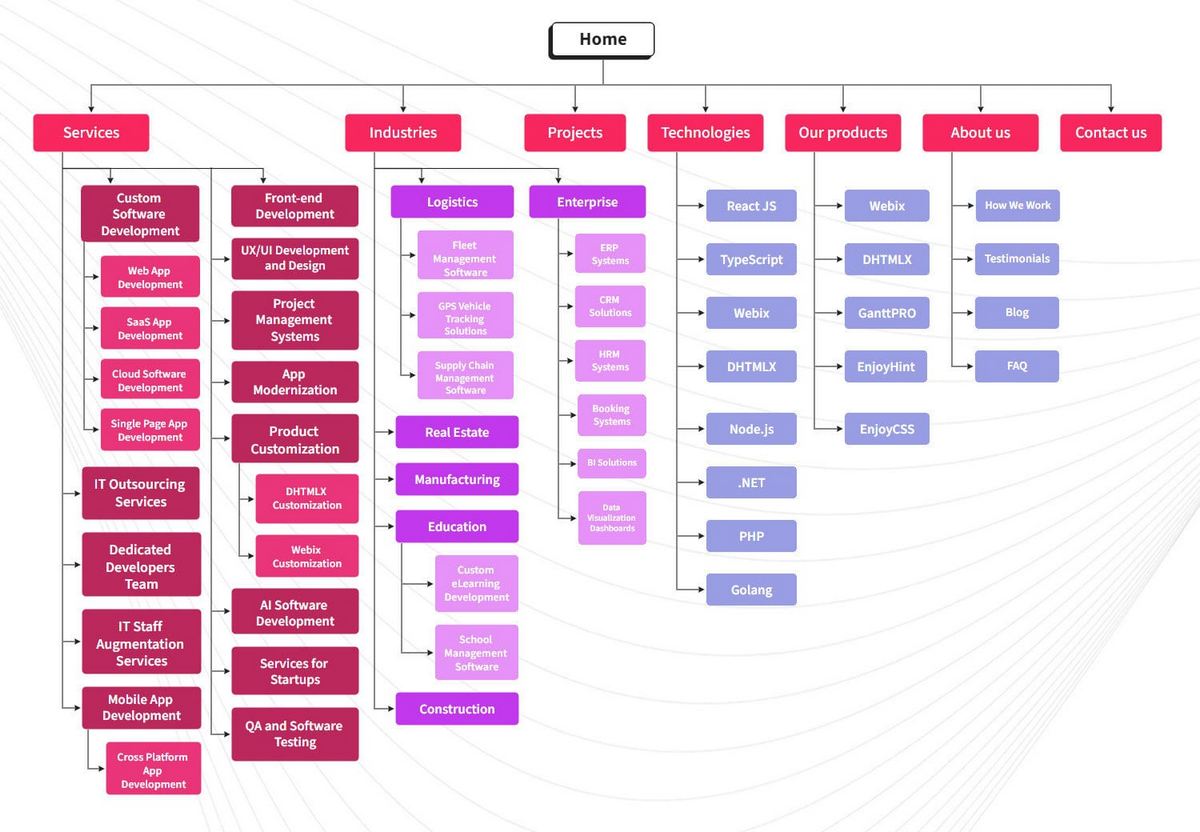A phased approach to mobile website design budgeting involves breaking the project into manageable stages, starting with essential features and core pages, then gradually adding enhancements and additional sections over time as budget allows. This method helps spread costs, control scope, and incorporate user feedback for continuous improvement without overwhelming upfront expenses.
Key elements of a phased budgeting approach include:
-
Start with a Minimum Viable Product (MVP): Focus initially on the most critical pages and functions your mobile site needs at launch, such as the homepage and key service pages. This limits initial costs and ensures a functional, user-friendly experience from day one.
-
Modular Development: Build the site in modules or increments, allowing you to add features, content, or design improvements in later phases as funds and priorities evolve.
-
Use Templates and Pre-Built Elements: Leveraging mobile-optimized templates or themes reduces design and development time and cost, enabling a professional look early on with customization added in later phases.
-
Plan for Ongoing Maintenance and Updates: Allocate budget annually (typically 15-25% of initial costs) for hosting, security, content updates, and iterative improvements based on user data and business needs.
-
Control Project Scope: Define clear priorities upfront to avoid scope creep, which can inflate costs. Content preparation before design starts also reduces timelines and expenses.
-
Spread Costs Over Time: Phased rollout allows businesses with limited cash flow to launch sooner and invest incrementally, improving ROI by using real user feedback to guide future development.
Typical budget breakdowns for mobile-friendly websites show design costs around 30-40%, development 40-50%, content creation 10-20%, and ongoing maintenance 15-25% annually. Including a contingency of 10-20% helps manage unexpected expenses during phased development.
In summary, a phased approach to mobile website design budgeting balances quality and cost-efficiency by prioritizing core functionality first, using cost-saving tools like templates, and planning incremental improvements aligned with business growth and user needs.





